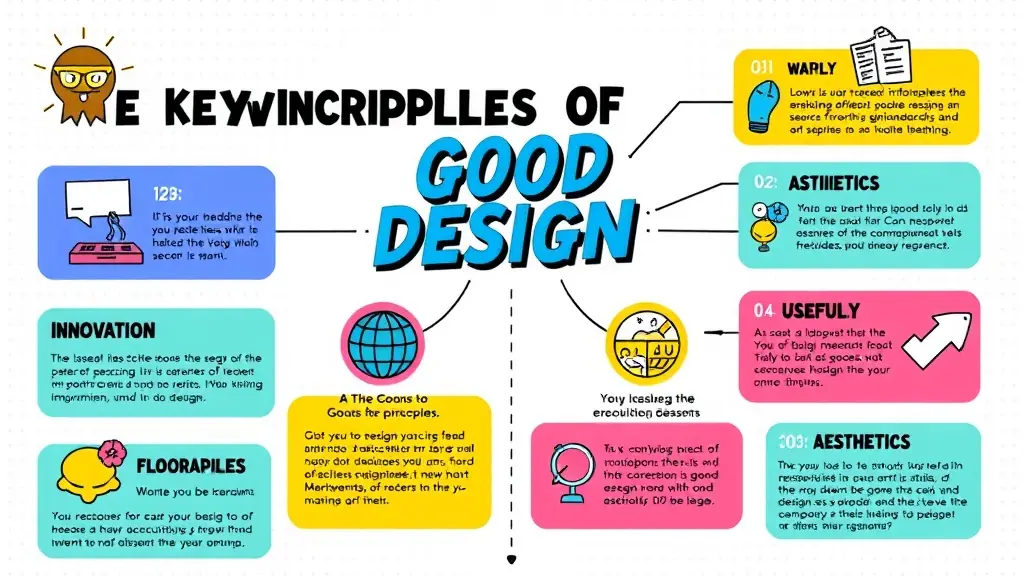In the rapidly evolving healthcare landscape, user-centered design has emerged as a vital approach to developing medical devices and applications. This methodology focuses on understanding the needs, preferences, and pain points of users, ensuring that the final product is not only functional but also intuitive and accessible. By prioritizing the user experience, designers can create solutions that truly resonate with patients and healthcare professionals alike. This article explores the significance of user-centered design and its impact on healthcare innovation.
At SNUX, we believe that the key to successful healthcare solutions lies in thorough research and understanding of the end-users. Our team employs various research methodologies, including user testing and ethnographic studies, to gather valuable insights into user behavior and expectations. This data-driven approach allows us to tailor our designs to meet the specific needs of patients and healthcare providers, ultimately leading to improved outcomes. By integrating user feedback throughout the design process, we can create products that enhance the overall healthcare experience.
Moreover, user-centered design fosters collaboration between designers, healthcare professionals, and patients. This collaborative effort ensures that all stakeholders have a voice in the design process, leading to more effective and user-friendly solutions. As we continue to shape the future of healthcare, embracing user-centered design principles will be essential in unlocking the digital potential of medical products and ideas. Join us at SNUX as we explore innovative ways to enhance user experiences in the healthcare sector.



